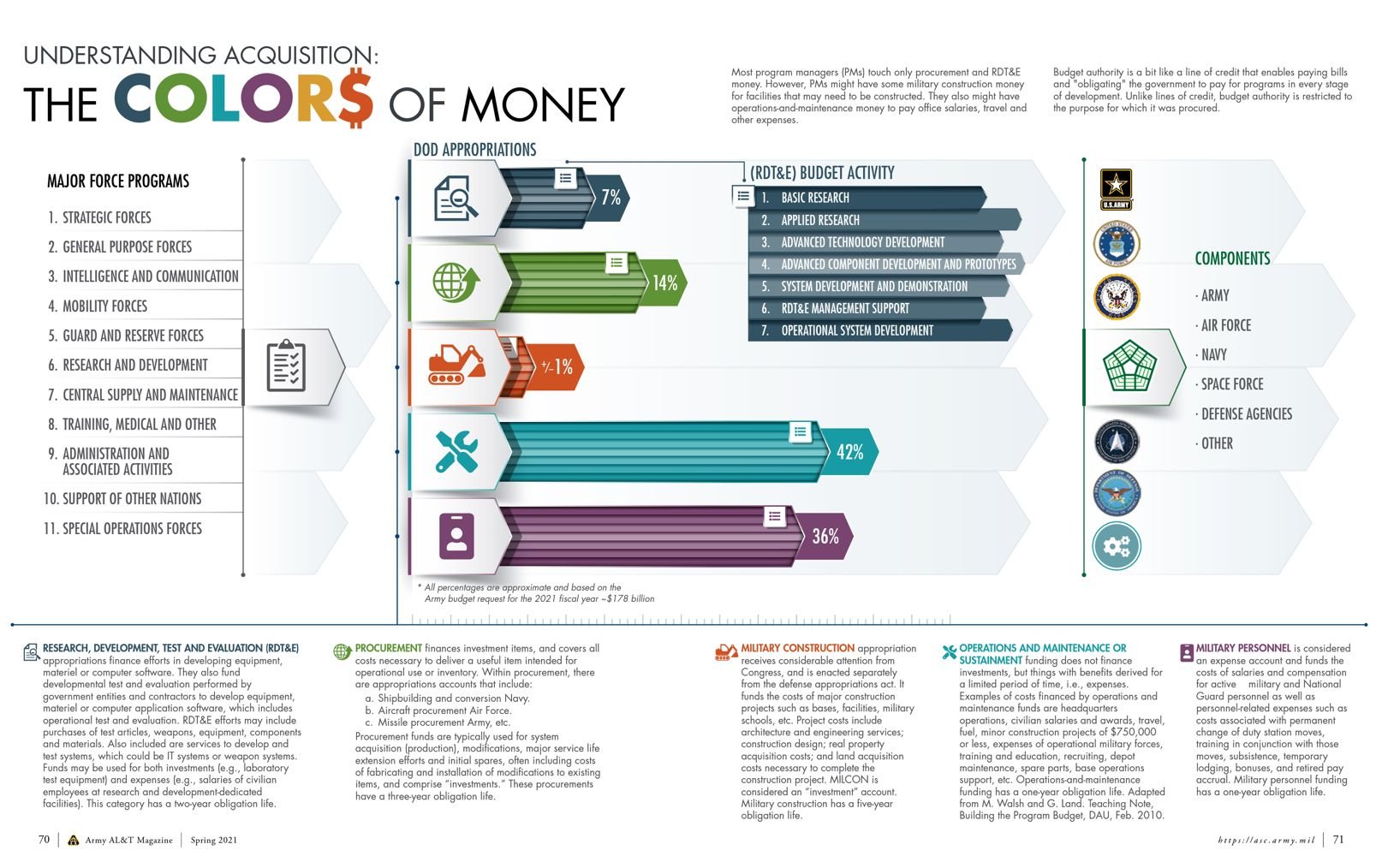The Rosetta Stone for Acquisition…TRL, Colors of Money, and the Contract Spectrum
The traditional acquisition landscape and process can be long and complicated. Much like foreign explorers staring up at the hieroglyphics covered walls in ancient Egyptian temples, the ability for non-native people to understand the nonsensical language and complex orchestration of the acquisition system can be daunting without months of training and years of experience. To help crack the code, and expedite the learning curve, I recommend starting with the three items that can form the Rosetta Stone for Acquisition.
“Technology readiness levels (TRLs) are a method for estimating the maturity of technologies during the acquisition phase of a program. TRLs enable consistent and uniform discussions of technical maturity across different types of technology. TRL is determined during a technology readiness assessment (TRA) that examines program concepts, technology requirements, and demonstrated technology capabilities. TRLs are based on a scale from 1 to 9 with 9 being the most mature technology.”
“Colors of money, like lots of concepts in defense-speak, is misleading but not inaccurate. There is, in fact, no actual money. Neither are there colors. Congress gives DOD budget authority, that is, but the authorization to obligate the government to pay bills with appropriated funds. There are five colors of money, but color is only one dimension. Another dimension is time. Each color has a use-by date. Another dimension is the different ways that Congress and DOD slice and dice the different categories of budget authority. Colors of money is a way of expressing and controlling what a budget authority may and may not be used for. It is accounting, but also a way to understand how Congress and DOD talk to one another.”
“The Contracting Cone outlines the full spectrum of Federal Acquisition Regulation (FAR) and non-FAR contract strategies, and supporting materials provide details about each strategy. The goal of the tool is to provide visibility into new or lesser-known strategies and ensure that the full range of contract strategies is considered.”




